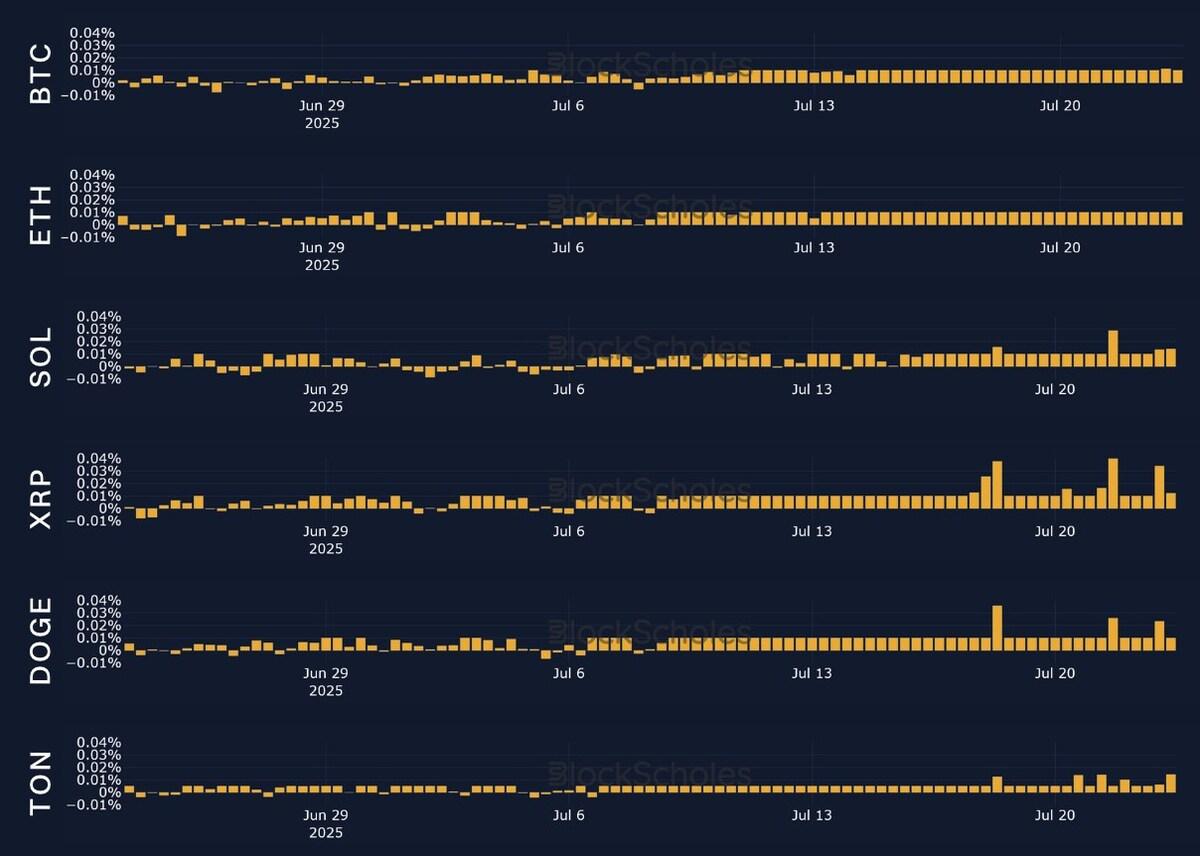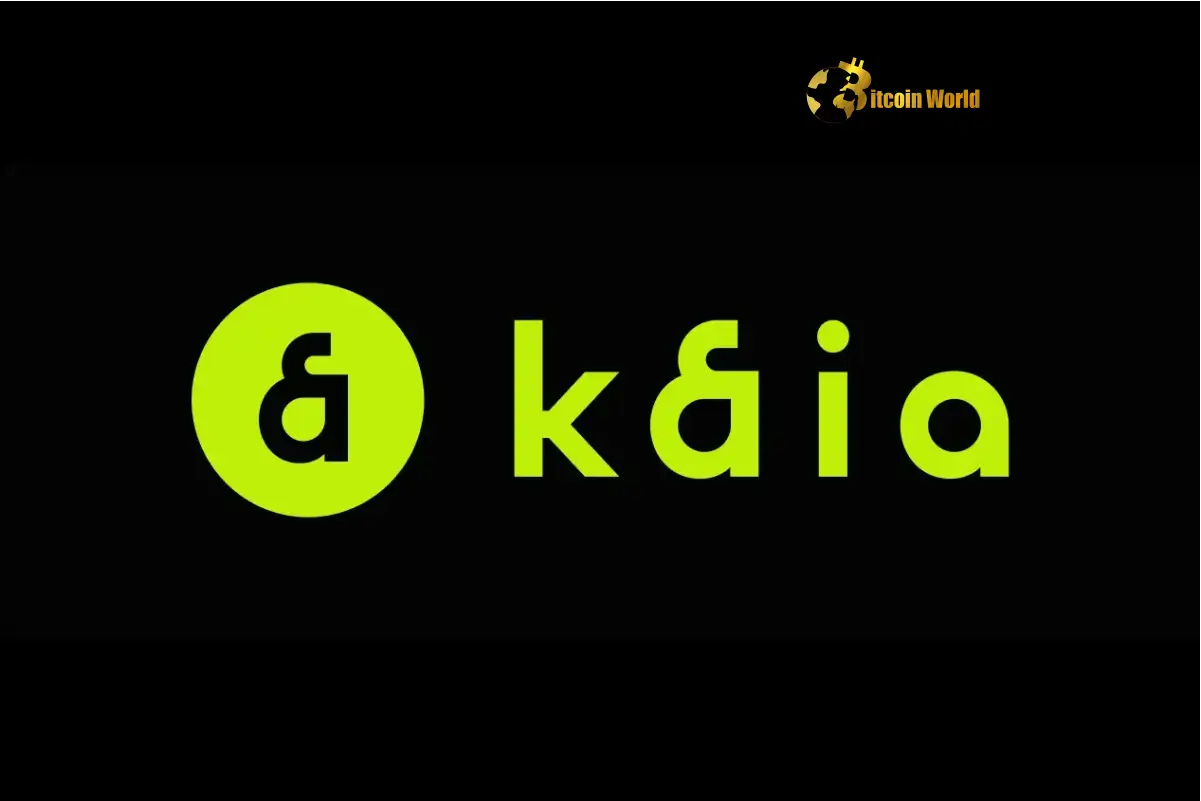BitcoinWorld

US Dollar’s Pivotal Moment: PPI Data to Unveil Market Direction
The financial world is abuzz with anticipation as the US Dollar, a bedrock of global finance, experiences a notable retreat from its recent highs. For those invested in cryptocurrencies, understanding these macroeconomic shifts is paramount, as they often dictate broader market sentiment and capital flows. This current pullback in the dollar isn’t just a minor blip; it signals a period of heightened sensitivity to incoming economic data, with the Producer Price Index (PPI data) poised to offer crucial insights into the evolving inflation narrative and potentially redefine the landscape of the Forex market.
The US Dollar‘s Recent Retreat: What’s Driving the Shift?
After a period of robust gains, the US Dollar has begun to hand back some of its strength. This recent weakening can be attributed to a confluence of factors, primarily shifting expectations around the Federal Reserve’s monetary policy. Initially, the dollar surged on the back of aggressive rate hike expectations, as the Fed signaled a strong commitment to taming inflation. However, as the economic picture evolves, so do these expectations.
- Softening Economic Data: Recent indicators, while not dire, have shown signs of cooling, suggesting that the Fed’s tightening measures might be having their intended effect. This has led some market participants to believe that the Fed might adopt a less aggressive stance sooner than anticipated.
- Global Growth Dynamics: As other major economies show signs of recovery or resilience, their respective currencies gain strength against the dollar. This rebalancing of global growth prospects naturally diminishes the dollar’s relative appeal.
- Risk Sentiment: Periods of increased risk appetite often see investors move away from safe-haven assets like the dollar towards higher-yielding or growth-sensitive currencies and assets, including cryptocurrencies.
The dollar’s trajectory is not a straight line; it’s a complex interplay of domestic economic health, global financial conditions, and central bank rhetoric. This current retreat underscores the market’s sensitivity to new information, especially data that can alter the inflation outlook.
Why is PPI Data So Crucial for Market Direction?
The upcoming release of the Producer Price Index (PPI data) is a highly anticipated event for economists and traders alike. PPI measures the average change over time in the selling prices received by domestic producers for their output. In simpler terms, it’s a gauge of inflation at the wholesale level, before goods and services reach consumers.
Understanding PPI data is vital because it often serves as a leading indicator for consumer inflation (measured by the Consumer Price Index or CPI). While both measure inflation, PPI tracks prices from the producer’s perspective, reflecting costs before they hit the consumer. CPI, on the other hand, measures the final prices paid by consumers. PPI can often be a leading indicator for CPI.
Here’s why PPI holds significant sway:
- Input Costs Insight: PPI provides a direct look into the costs businesses incur for raw materials, energy, and labor. These are foundational elements of the entire supply chain.
- Forecasting CPI: While not a perfect predictor, a sustained trend in PPI often foreshadows similar movements in CPI, giving the Federal Reserve an early signal about the effectiveness of its monetary policy.
- Profit Margins: For businesses, PPI affects profit margins. If input costs rise sharply and cannot be fully passed on, corporate earnings can be squeezed, impacting stock markets.
The market will be scrutinizing both the headline PPI number and its core components (excluding volatile food and energy prices) to get a clearer picture of underlying inflationary trends. A surprisingly high PPI could reignite fears of persistent inflation, potentially pushing the Fed towards more hawkish policies, which would likely strengthen the US Dollar. Conversely, a softer PPI could reinforce the narrative of easing inflation, potentially weakening the dollar further.
Navigating the Forex Market Amidst Uncertainty
The Forex market, the world’s largest financial market, is a dynamic arena where currencies are traded around the clock. The recent volatility in the US Dollar highlights the inherent uncertainty that often characterizes this market. For traders and investors, understanding how various currencies react to major economic releases like PPI data is key to navigating these choppy waters.
When the dollar retreats, other major currencies, such as the Euro, Japanese Yen, and British Pound, tend to gain ground. This is not just about relative strength; it also reflects differing economic conditions and central bank policies across regions. For instance, if European inflation remains stubbornly high while U.S. inflation cools, the European Central Bank (ECB) might maintain a more hawkish stance than the Fed, leading to Euro strength against the dollar.
Key considerations for the Forex market:
- Interest Rate Differentials: The perceived difference in interest rates between two countries is a primary driver of currency flows. Higher rates attract capital, strengthening a currency.
- Economic Divergence: Significant differences in economic growth, employment, and inflation between countries can lead to sustained currency trends.
- Geopolitical Events: Unforeseen geopolitical developments can trigger rapid shifts in risk sentiment, leading to sudden capital flows and currency fluctuations.
The upcoming PPI data will undoubtedly inject fresh volatility into key currency pairs. Traders will be looking for confirmation of disinflationary trends or signs of persistent price pressures, adjusting their positions accordingly. This creates opportunities but also necessitates careful risk management.
Decoding the Inflation Outlook: PPI’s Role in the Bigger Picture
The overarching concern for central banks globally, including the Federal Reserve, remains the persistent inflation outlook. While consumer inflation (CPI) directly impacts households, producer inflation (PPI) provides an early warning system. A sustained decline in producer prices would be a strong signal that the broader inflationary pressures are indeed receding, offering relief to consumers and businesses alike.
The relationship between PPI and the overall inflation outlook is multifaceted:
- Supply Chain Health: Lower PPI indicates easing supply chain constraints and reduced commodity prices, which are crucial for bringing down overall inflation.
- Monetary Policy Implications: If PPI confirms a significant slowdown in inflation, it could give the Federal Reserve more room to pause or even consider rate cuts in the future, easing financial conditions and potentially supporting risk assets like cryptocurrencies. Conversely, a strong PPI could force the Fed to maintain or even increase its hawkish stance.
- Real Wages and Spending: A favorable inflation outlook means that consumers’ purchasing power is less eroded, supporting consumption and overall economic activity.
The market is desperately seeking clarity on the future path of inflation. The PPI data will be a critical piece of this puzzle, influencing bond yields, equity markets, and the US Dollar‘s value. A benign PPI report would reinforce the narrative that inflation is cooling, potentially leading to a more dovish Fed and a weaker dollar, which could be seen as a positive for broader risk sentiment.
Beyond PPI: What Other Economic Data Points Matter?
While PPI data is undeniably important, it’s crucial to remember that it’s just one piece of a much larger economic mosaic. Investors and policymakers analyze a broad range of economic data to form a comprehensive view of the economy’s health and future direction. Relying on a single data point can lead to misinterpretations and poor decision-making.
Other vital economic data points that influence the US Dollar and the broader market include:
- Consumer Price Index (CPI): The primary measure of consumer inflation, directly impacting purchasing power and often driving Fed policy decisions.
- Employment Reports (Non-Farm Payrolls, Unemployment Rate): Key indicators of labor market health, influencing wage growth and consumer spending. A strong labor market can contribute to inflationary pressures.
- Retail Sales: A direct measure of consumer spending, reflecting confidence and economic activity.
- Manufacturing and Services PMIs (Purchasing Managers’ Index): Surveys that provide an early indication of economic activity in key sectors.
- Central Bank Speeches and Minutes: Insights into the thinking of policymakers, often providing forward guidance on monetary policy.
The market will synthesize the PPI data with these other indicators to form a complete picture. A holistic approach to analyzing economic data is essential for making informed decisions in volatile markets. The interplay between these data points creates a complex narrative that constantly shapes the global financial landscape.
Actionable Insights for Navigating the Current Climate
Given the sensitivity of the markets to incoming economic data, particularly the upcoming PPI data, what steps can investors take?
- Stay Informed: Continuously monitor economic calendars and news releases. Understand the consensus expectations for data points like PPI and how deviations could impact markets.
- Diversify Portfolios: While the US Dollar‘s movements impact all asset classes, a diversified portfolio across different asset types (equities, bonds, commodities, cryptocurrencies) can help mitigate risks associated with currency fluctuations.
- Risk Management: Volatility is likely to remain elevated. Implement robust risk management strategies, such as setting stop-loss orders and position sizing, especially if trading in the Forex market.
- Long-Term Perspective: For crypto investors, while short-term dollar movements can create headwinds or tailwinds, the long-term thesis for digital assets often rests on broader technological adoption and macroeconomic trends beyond daily currency fluctuations.
- Analyze Beyond the Headline: Always look at the core PPI numbers and components, not just the headline figure, to understand the true underlying inflationary pressures.
Conclusion: The Road Ahead for the US Dollar and Global Markets
The recent retreat of the US Dollar signals a period of reassessment for global financial markets. The upcoming PPI data is not merely another statistic; it’s a critical barometer that will help clarify the evolving inflation outlook and shape expectations for future monetary policy. A strong PPI could reinforce a hawkish Fed stance, potentially reversing the dollar’s recent losses, while a softer reading might embolden dovish sentiments, leading to further dollar weakness and potentially supporting risk assets. The interconnectedness of the Forex market, the US Dollar, and the broader economic data landscape means that every piece of information contributes to the grand narrative. As we move forward, market participants must remain vigilant, adapting their strategies to the insights provided by key economic data, especially as the world seeks greater clarity on the path of inflation and interest rates.
To learn more about the latest Forex market trends, explore our article on key developments shaping the US Dollar and interest rates liquidity.
This post US Dollar’s Pivotal Moment: PPI Data to Unveil Market Direction first appeared on BitcoinWorld and is written by Editorial Team





